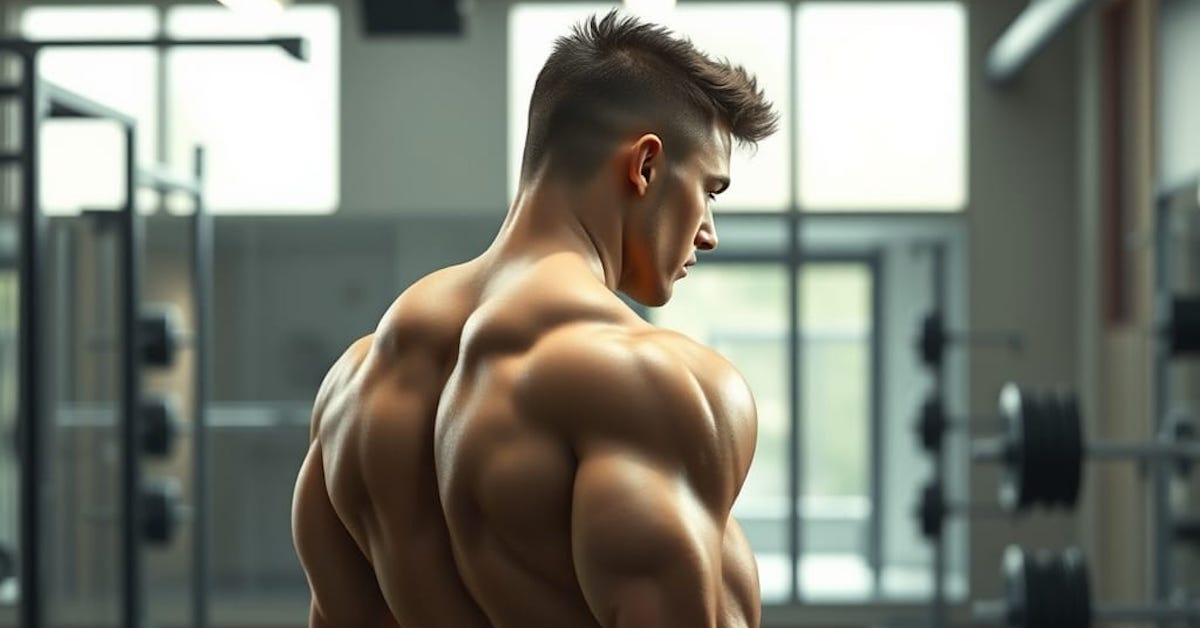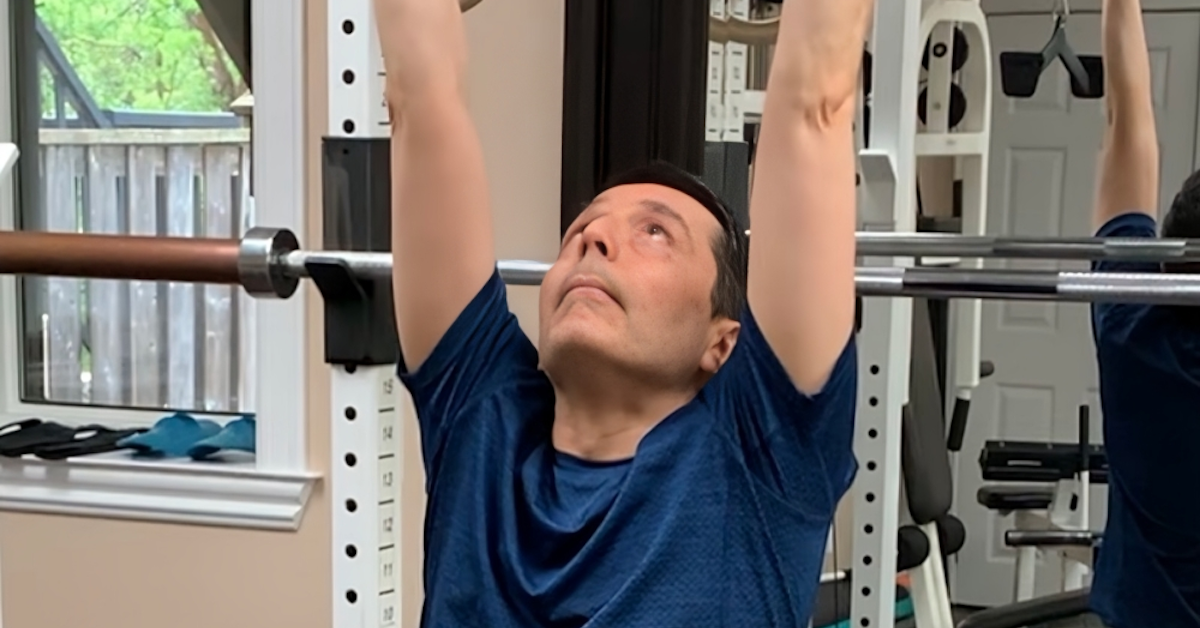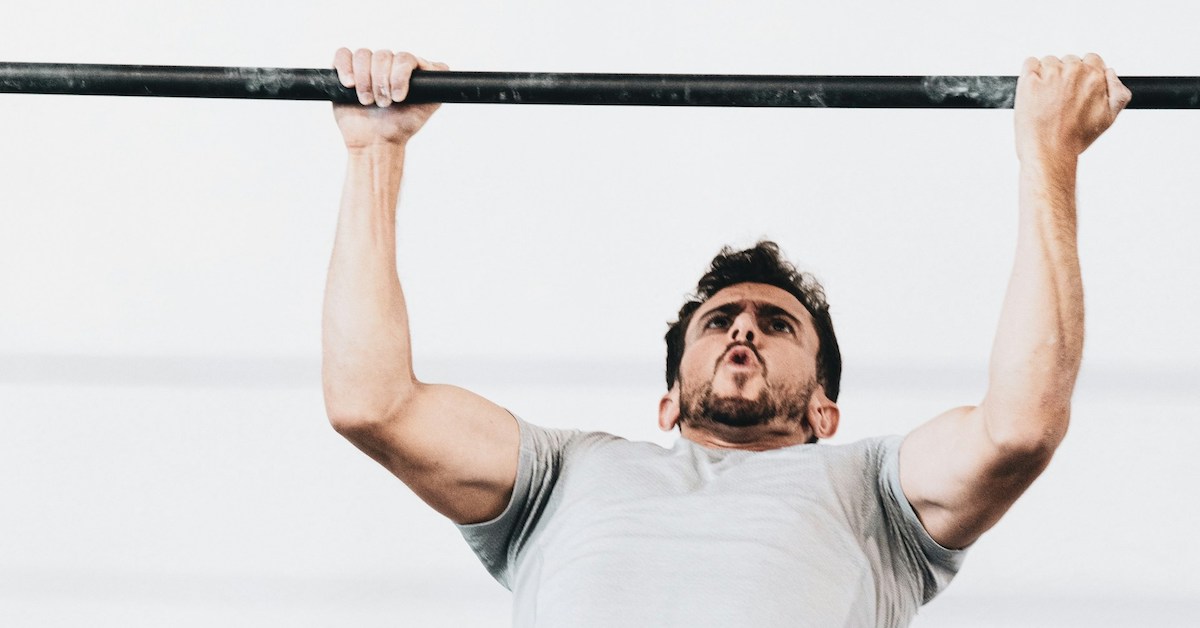The pectoralis minor is a thin, flat muscle that lies beneath the larger pectoralis major. It runs laterally and upward, originating from the sternal ends of the third to fifth ribs and inserting onto the coracoid process of the scapula. This muscle pulls the scapula forward and downward and assists in forceful inhalation by raising the ribs.
According to Fred Koch, a former Ironman Magazine columnist and author of several strength training books, building a bigger chest requires training both the pec major and minor. The pec minor is often overlooked because it’s not as visually prominent as the major. Koch points out that swimmers develop impressive upper chests largely due to the pec minor, which plays a key role in half of the freestyle stroke.
So how do you train the pec minor without jumping in the pool?
Koch recommends the dumbbell pullover performed on a flat bench, but with a few key modifications. The elbows should stay close to the head, within the lines of the shoulders, and the range of motion should be short.
To do it, cup a dumbbell between both hands and lie back on a flat bench. With your arms fully extended above your face, lower the weight carefully until your outstretched arms are in line with your body. Keep the small of your back pressed against the bench and brace your abdominals to protect the lower back.
Your elbows must stay in—don’t let them flare out, or your lats will take over. At the bottom, your elbows should be directly beside your ears. From here, raise the dumbbell in an arcing motion only about six to eight inches, or roughly 45 degrees from horizontal. Keep your arms straight throughout. This is a limited range of motion exercise designed to emphasize the pec minor, and you’ll actually feel the muscle contract under your chin.
Keep your abdominals tight! Allowing your back to arch excessively could lead to injury. The abs serve as heavy stabilizers in this movement, making this exercise even more valuable.
Still not convinced about the importance of training the pec minor? Koch explains that the body has built-in feedback systems to prevent serious imbalances. If the pec minor is underdeveloped, your body may slow down or even halt the growth of the pec major.
Bottom line: Training the pec minor will make a major difference.

Target Your Rear Delts Like Never Before
If you’ve struggled to feel your rear delts working—or to fill in that rear delt gap—this variation of the bent-over

Leo’s Chin-Up Journey (Day 1): From Zero to Hero
Can’t Do a Chin-Up? Neither Could Leo… But That’s About to Change. Leo started training with me back in September.

Why Your Chin-Up Grip Could Be Hurting You
For years we’ve been told to avoid behind-the-neck pulldowns and pull-ups. And for good reason — they place a tremendous
follow
Error: No feed with the ID 2 found.
Please go to the Instagram Feed settings page to create a feed.
